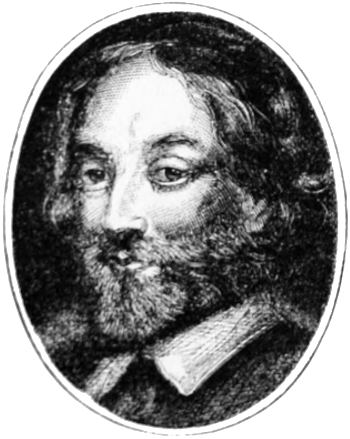Transcriber's Note
The printed text contained both footnotes and endnotes. These have been renumbered in continuous series of Roman and Arabic numerals respectively.
Corrected errata are listed at the end of the text.
The following List of Contents has been added by the transcriber:
RELIGIO MEDICI
HYDRIOTAPHIA
A LETTER TO A FRIEND
NOTES TO THE RELIGIO MEDICI
NOTES TO HYDRIOTAPHIA
NOTES TO LETTER TO A FRIEND


RELIGIO MEDICI.
RELIGIO MEDICI,
HYDRIOTAPHIA, AND THE LETTER TO A FRIEND.
BY
Sir THOMAS BROWNE, Knt.
WITH AN INTRODUCTION AND NOTES BY
J. W. WILLIS BUND, M.A., LL.B.,
GONVILLE AND CAIUS COLLEGE, CAMBRIDGE,
OF LINCOLN’S INN, BARRISTER-AT-LAW.

LONDON:
SAMPSON LOW, SON, AND MARSTON,
CROWN BUILDINGS, 188 FLEET STREET.
1869.

SIR THOMAS BROWNE (whose works occupyso prominent a position in the literary historyof the seventeenth century) is an authorwho is now little known and less read. This comparativeoblivion to which he has been consigned isthe more remarkable, as, if for nothing else, hiswritings deserve to be studied as an example of theEnglish language in what may be termed a transitionstate. The prose of the Elizabethan age was beginningto pass away and give place to a more inflatedstyle of writing—a style which, after passing throughvarious stages of development, culminated in that ofJohnson.
Browne is one of the best early examples of thisschool; his style, to quote Johnson himself, “isvigorous but rugged, it is learned but pedantick, itis deep but obscure, it strikes but does not please, itcommands
